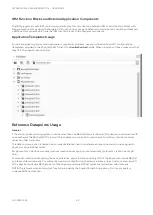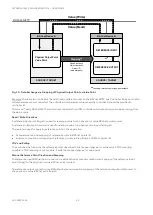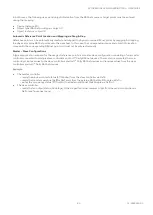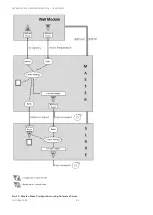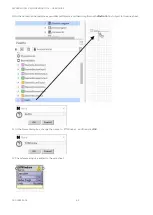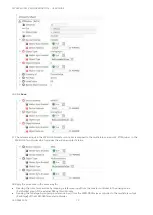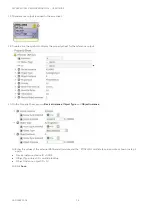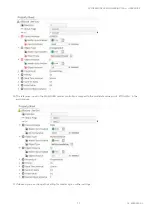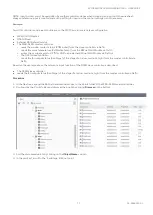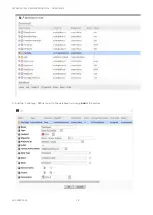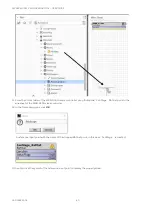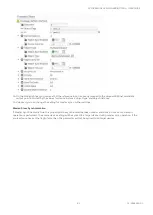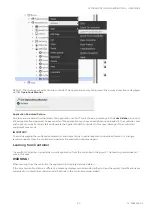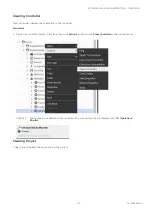
SPYDER MODEL 5 ENGINEERING TOOL
–
USER GUIDE
71
31-00282ES-01
Alternatively, you can use the
“
automatic reference point creation and mapping via drag & drop
”
method which is
described in the section
Automatic Creation and Mapping of Reference Points via Drag & drop (B)
, p. 76. This
section uses fan stage reading as an example.
19.
For writing the occupancy status from the master controller to the external BACnet wall module, please refer to the
Reference Outputs
section, p. 71.
20.
If desired, you can change the setting for master sync or other settings.
Master-Slave Synchronization
If Master Sync Enabled is true, this property will be synchronized between master and slaves in case a master sync
operation is performed. The source device setting will be synced to a target device during master sync operation. If the
source device has set the flag to false, then this parameter will not be synced to all target devices.
Reference Outputs
Example:
Two IRM controllers and a wall module are on the MSTP bus in master-slave configuration:
•
WEB-RL6N (Master)
•
WEB-RS5N (Slave)
In the following procedure, the reference output function of the WEB-RL6N master controller is described.
•
The WEB-RL6N master controller writes the occupancy status [EffOccMd] to an external BACnet wall module via
RefOut
Procedure
1.
Note the device ID of the external BACnet wall module, in this case, e.g. ´5008` (displayed in the
Discovered
and
Database
pane).
1.
In the
Nav
tree, expand the BACnet network and browse to the
Points
folder of the wall module.
2.
Double-click the
Points
folder and discover the points by clicking
Discover
on the bottom.
3.
Sort the discovered points by clicking on the
Object Name
column.
4.
In the point list, scroll to the ´EffOccMd` BACnet point.
5.
Note the Object ID, in this case, e.g. ´multiStateValue:13`.
6.
In the
Nav
tree, browse to the WEB-RL6N master controller.
7.
Expand the IRM
Program
folder.
8.
Double-click the control program folder,
Periodic Program
or
Event Program,
to which you want to add the reference
output point.




